…and they happily lived ever after.
No, we’re not talking about the happy ending, we’re talking about our response to the happy ending. Mighty applause! The play is great, the characters are wonderful and the story, absolutely memorable. We clap as much as we can, as loud, clear, and sometimes, even as visibly possible. We want the act to hear us out, to revel in our appreciation just as we did in their story. Claps, applause, putting our hands together, slapping them together. But, here’s a question. Why, though?
Why do we hit our own palms together to express appreciation, gratitude, encouragement, and quality-proofed fulfillment? Why don’t we stomp our feet, instead? Or clap the other person’s hand or slap our thighs! Why clap our hands? It’s an interesting subject and sadly, one that’s not backed enough by evolutionary history. We’re not sure of the first ancestor to break the spell of the applauding riot. It seems to have entered our kind, the primitive way, and continued to grow and stay, our way – the human way of feeling good and spreading the same.
But, did that happen in an instant, or did we learn about this tiny and powerful secret to a better energy field or vibe, in other words? Whatever happened, happened great as this hand gesture stayed strong enough to even translate to an emoji.
So, here’s everything about the clapping emoji. The inspiration behind it, what it stands for, the historical and psychological aspects of clapping, how to use this emoji correctly, and what it means when someone sends it.
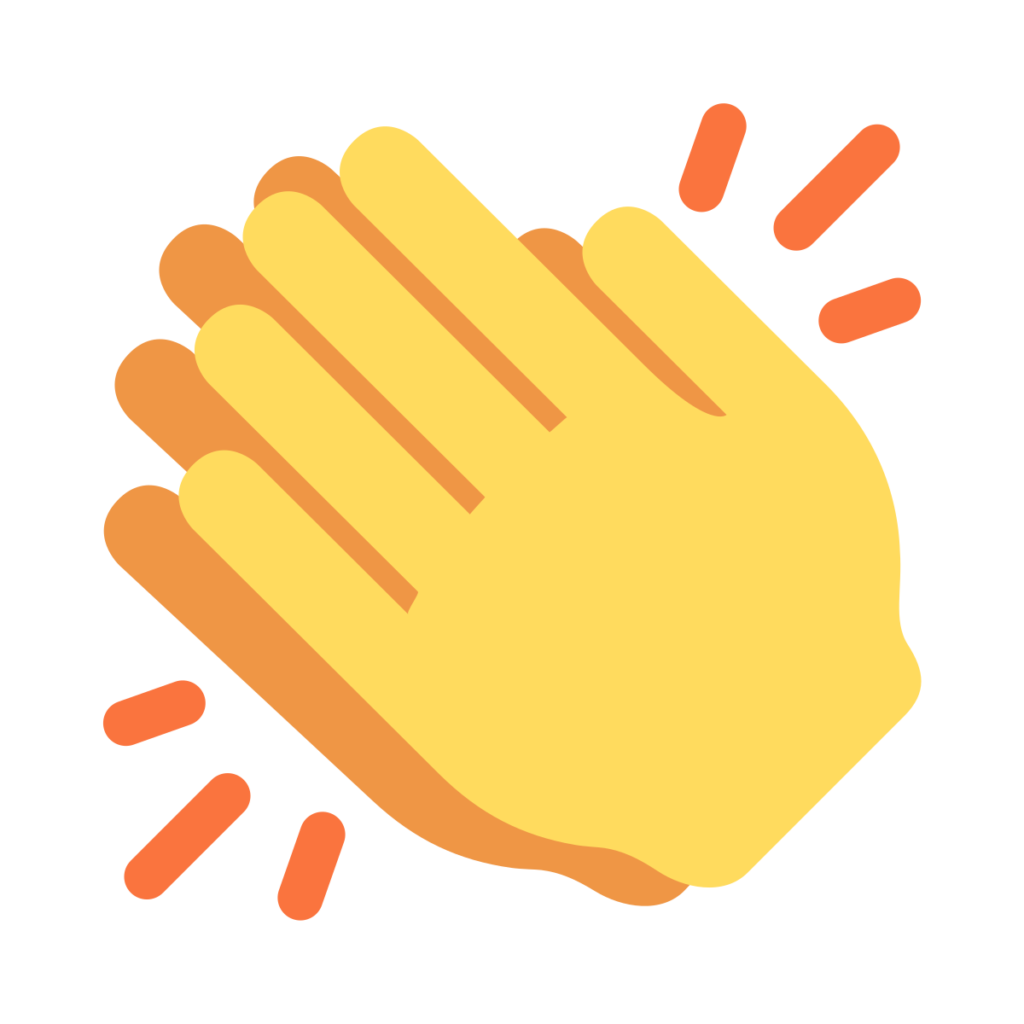
Meaning of 👏
The 👏 Clapping Hands emoji is the digital way of showing appreciation, respect, and praise. It is used both genuinely and with sarcastic undertones, much like how we clap at the most amazing and the most ridiculous things in real life. This emoji is often one of the “go-to” emojis on a lot of social media platforms – it is integrated as an instant response button. Thus, surfacing our natural need to show appreciation, even, virtually.
Learning the Clapping Behavior
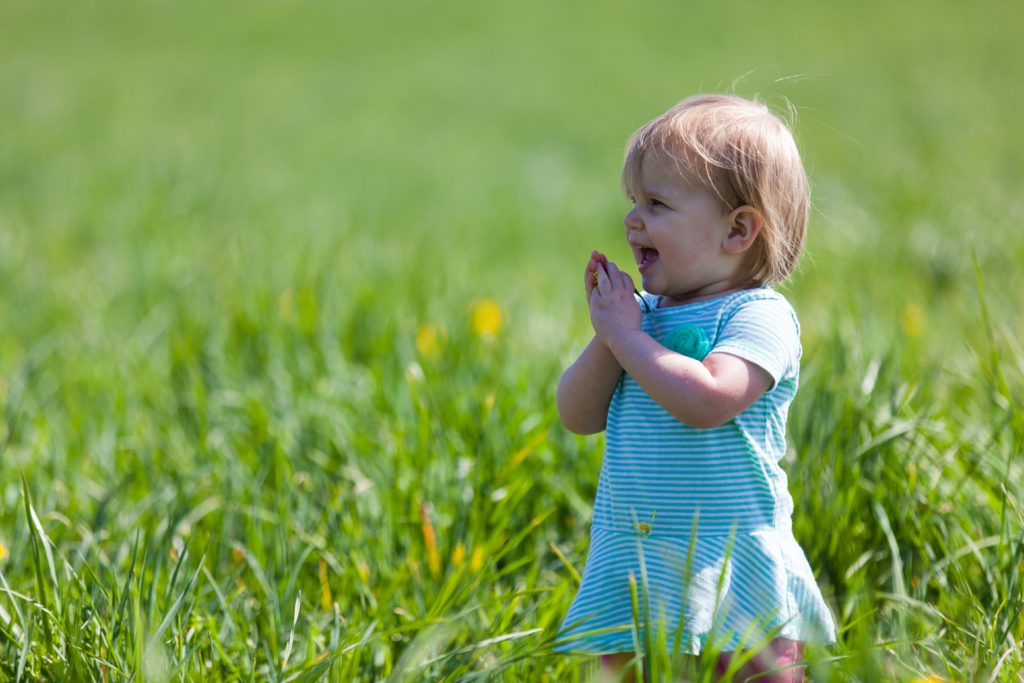
Applause has no clear evolutionary cornerstone. We only have historical accounts for it. We have, not enough substance that talks about the origins of something so simple, yet complex. The act of putting our hands together is as primal as crawling. We’re all taught to clap at a very young age. In fact, babies are exposed to clapping much before they even set knee into the growing stages. But here’s what’s fascinating.
Parents clap with cheer and joy for their baby, and the kid latches onto that happy premise for a session of clapping. The babe learns what a clap means, when to clap, and eventually, how to clap, as well. The child slowly, but surely starts to clap at occasions that call for applause. And voila! That’s a really smart and observant kid right there!
This learning curve for claps, and in turn, learning the behavior of clapping and applying the same in suited situations goes out to all of us, humans. We learn the act of clapping. Though mundane, it’s not an original behavior. It’s first learned and then, amplified over and over through music, “action songs”, and many other modes of entertainment. Clapping slowly established itself as our way of communicating pure joy.
The oldest roots for clapping go into our primitive stages of evolution. Primates clapped to draw attention to a threat that may have been caused to the self or to others. Another reason for the “clapping behavior” in the wild, is a sign that there’s food. They’re applauding, but for different reasons that have nothing to do with the attributes of the new brain. It’s an old brain thing – meaning, the act of applause is carried out as an instinct – it’s used for survival. It’s only us, who have the new brain approach to it.
We associate the act of clapping with so much more than just security and food. Believe it or not, clapping emits a sense of belonging for us. We clap harder and louder when we’re in a group and most times, we don’t even know why we’re clapping! We just do it because the rest of our clan is doing it – the reasons behind which are fashionably unsophisticated.
Applauding the Lauding History of Applause
Yes, we did that on purpose.
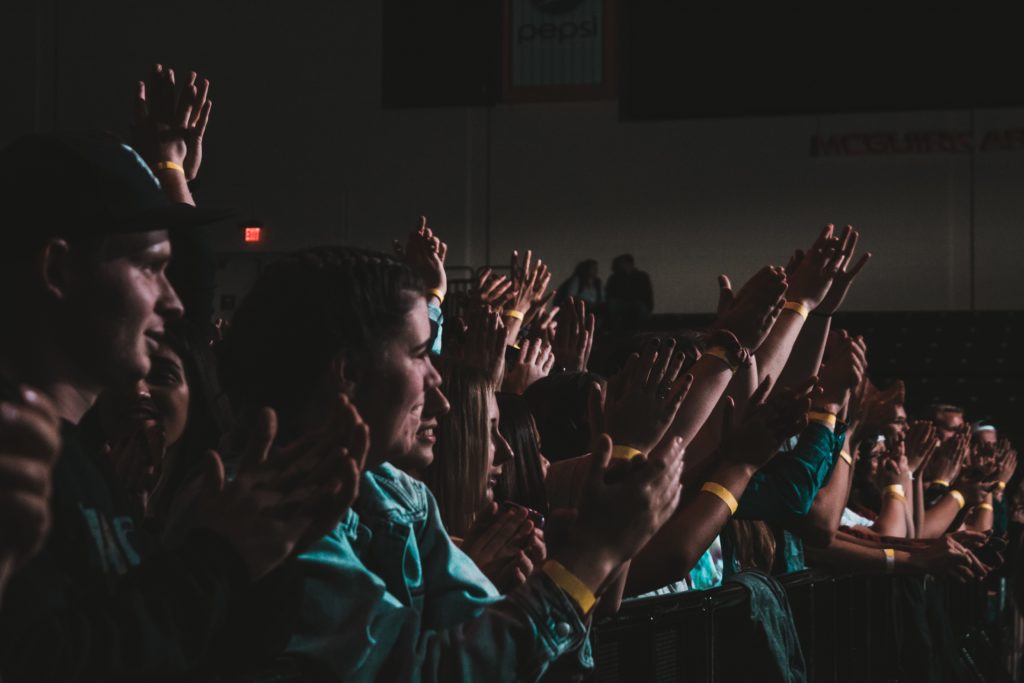
Although we clap with genuine appreciation and respect in our eyes, this loud hand movement began on a rather crooked note. It all goes back to ancient Greece (doesn’t everything just start from there?). So, the year is 6th century BCE and there’s an intense political election going on. It’s the beginning of democracy. Guess what began this democratic manner of approving or disapproving a political leader. Claps!
The lawmaker of the time came up with the idea of clapping – for the crowd to unanimously communicate their approval of the political selection. Now, this isn’t the ‘crooked note’ we mentioned. This is in fact the brightest and proudest historic evidence of clapping. No wonder why claps came to be a ubiquitous way of showing general liking or disliking in a public situation.
Anyhoo. Fast forward two full centuries, into the 4th century BCE. There’s a play happening in Athens. The audience is sometimes spellbound and many times yawning at the show. They’re not lively enough. A theatre competition may be disastrous because the good play and the bad one don’t have much to weigh in the face of the audience’s bland reactions. There’s not enough to judge the better from the worse.
This confused scene calls for a helper – though the audience didn’t ask for it. Someone, someone crooked, for sure, thought about the perfect way to impact the audience’s reaction, and therefore weigh out the better from the worse – which could have a tangible amount of internal politics later in life. Is it a plane? Is it a bird? It’s the claquer!
This dude was a professional reactionist who would either clap or cry at the end of (or sometimes even during) a theatrical performance, as a means of influencing the audience’s behavior. Now you know why you laugh at that TV show, although there’s nothing funny on screen. This is the crookedness we were talking about – a twisted way of controlling the audience’s reaction, and thereby, controlling the verdict of the better act.
These reactionists or claqueurs were hired as recently as the 18th century. They were part of many public events in France and their role was quite influential, indeed. There’s no denying in the fact that claqueurs do enhance the cinematic experience, but this is how clapping became as universal as we know of it today – and that’s a little messed up.
Why We Clap
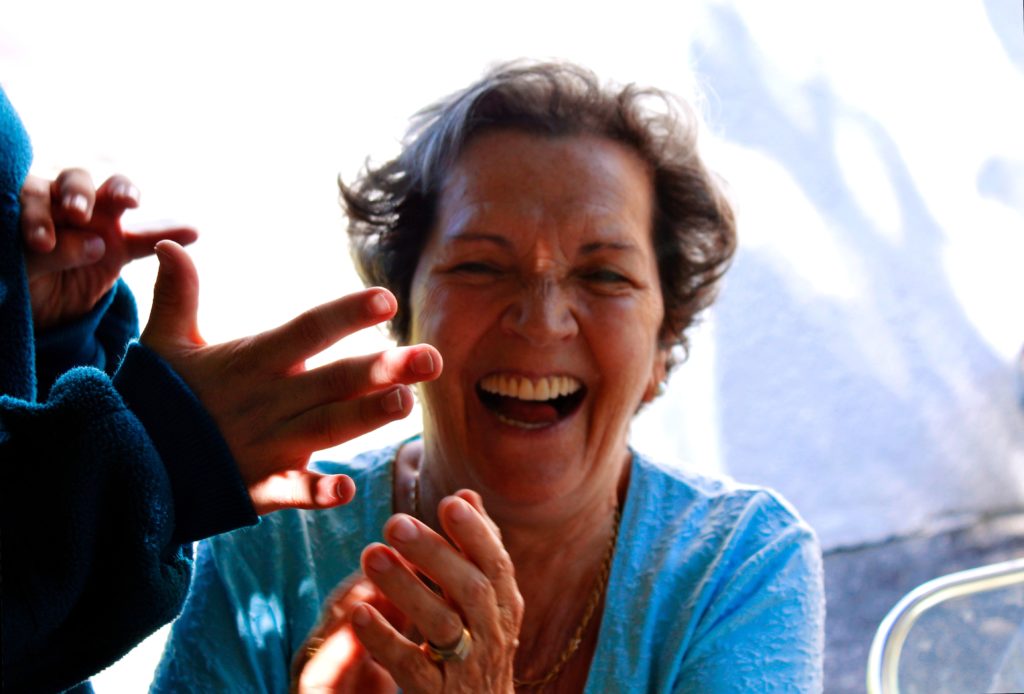
Humanly speaking, the act of clapping is an act of showing appreciation and admiration. It’s a learned behavior that’s associated with happiness, praise, recognition, encouragement, and congratulation, from a very young age. Claps are known to only have feel-good reasons and hardly anything sinister, unless, it’s slowed down 20 times over.
Our personal dig at the reasons we clap is closely knitted with the biological effect of a clapping session irrespective of the duration. Clapping induces a bunch of feel-good hormones. The act of clapping is known to release stress, improve concentration, improve mood, increase blood circulation – thereby increasing brain activity as well.
Claps are so beneficial that they’re also a part of workout routines especially for the elderly. They aid in reducing the risk of illnesses and diseases such as depression and asthma. It’s also a great way to reap some instant relief from body aches. Clapping is awesome to induce confidence and presence of mind in children as well. Now, that’s only the tip of the mountain of clapping benefits.
No wonder we feel great when we clap!
So, considering the amount of positive impact clapping has on our bodies, it’s conspicuous that we integrate this activity so deeply into our lives and our movement as people. Thus, we clap! And more so, only in situations that call for it. We’d like to say that we need to be clapping more! More than just for birthdays, achievements, and appreciable situations. We need to be clapping for ourselves! Not for some fanciful reasons, but merely for the fact that our bodies deserve the benefits.
Is the Act of Clapping Always So Positive
Hell, no. Something as heartening as clapping too can have horrendous consequences if done in the wrong situations and/or the wrong timing.
Factually, we can clap, always. We just choose not to. We save the energy only for occasions that call for applause. The right and accepted occasions in fact. Clapping at the end of a performance is the civil way and clapping during it, is dangerous – because this gesture can be read as disapproval. Yep, an approving gesture does that – under the wrong circumstances.
Clapping at certain religious events, institutions and spaces can be equally damaging as it trespasses the religious etiquette of that particular place. Churches and temples especially forbid this activity. However, there are some allowing situations in some churches that tolerate claps – during worship (if it’s an action song or if applause is the encouraged way of joining in worship). Otherwise, it’s completely unnecessary and disturbing, in fact. But, many religious places include claps as part of the devotional practice. It honestly, varies, incredibly, across the world.
Significance of the Clapping Emoji 👏
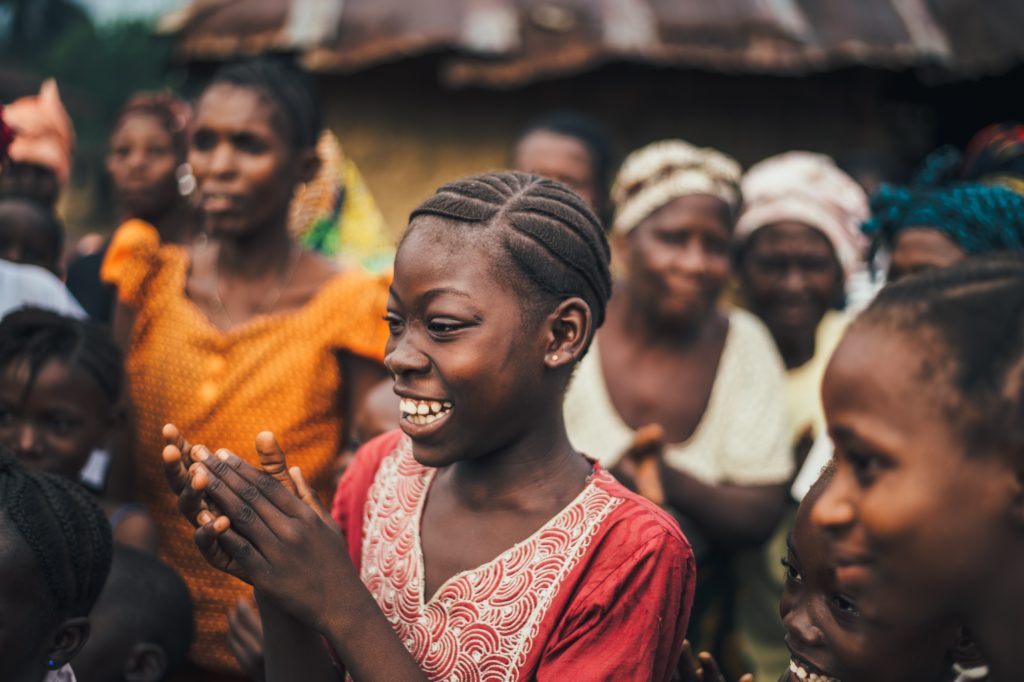
Every emoji on the list is an inspired symbol of a real-life aspect. So, the significance of the clapping emoji is not a far cry from what the motion means in reality – 👏 holds the same amount of positivity and subjective negativity in specific situations. The 👏 clapping emoji communicates appreciation, acclaim, regard, and approval. However, the latter is a subject for debate, which we’ll get to in a bit.
Generally, 👏 sends across positive and encouraging vibes, so much so that it is used as an instant button to show the same emotion as well. This emoji is highly used on almost every social media platform, but it is not so much of an influence outside the virtual realm – that is, unlike many facial/smiley emojis, the 👏 clapping emoji is not seen much outdoors. It’s strictly a digital way of showing emotion.
Albeit, the clapping emoji communicates recognition and admiration for the same, 👏 also works in sarcastic contexts – very often with an air of mockery, and criticism that can sway in both directions – casual and serious. It can be used to show genuine or caricaturized appreciation.
Is 👏 a Positive Emoji?
Not always. As discussed previously, applause can either be praise or an insult – all depending on the contextual use of this hand movement. Even in real life, applause with the wrong timing is demeaning, whereas, the right timing elevates the overall experience. The same goes on for the 👏 clapping emoji as well. If you’re not well acquainted with the reality of applause – here’s a check.
If the context is something that’s truly empowering, inspiring, impactful, and has its own load of value, then, 👏 would work as an effective way of showing respect, gratitude, and appreciation. However, if the context is evidently shameful, disrespectful, offensive, rude, and morally questionable, then, 👏 is mocking and baffled response to the ridiculity of the situation. It’s satirical applause – like a satirical laugh.
So, NO. The 👏 clapping emoji is not definitively a positive emoji, since it does have an expressive negative side that’s not always out there to hate or hurt, but rather constructively provide.
When NOT to Use 👏
Habitually, we begin with the right ways to use an emoji, but the 👏 clapping emoji is applaudingly special. So, we had to begin with the ways of not using this emoji. It’s important to first distinguish the wrong contexts before establishing the right ones.
Here are some of our top suggestions where 👏 would be a terrible idea.
When someone shares something personal
It doesn’t matter if the subject of the conversation is laughable or darkly humorous, we highly recommend refraining from using 👏. It would not only damage the person’s emotional vulnerability with you, never mind digitally, but it would also reduce their chances to trust you again. Remember, 👏 is also used as sarcastic applause. So, using 👏 in the other person’s weak moment is a defining trait of a jerk, and it makes you seem insensitive and detached from the story and the person themselves.
When something is sensitive
This point closely aligns with the previous verbal hazard. Anything personal may be sensitive, but anything sensitive is personal. So, the awareness and the amount of value and sensitivity here are doubled than the previous point.
When someone says or shares something sensitive, it’s a social courtesy to show support and kindness and not factor in insensitivity with a 👏 clapping emoji. It’s okay if the person’s POV is resoundingly opposite to your views. You don’t have to prove your point with a nonchalant 👏, because you really can’t. You’ll only be multiplying your jerkiness.
When something is different
No, we’re not talking about ‘different’ as in change, we’re talking about difference as in uniqueness. Each person and personal values are different. There may be two or more people who are like-minded but they are not like each other. Difference is part of our similar fabric – we’re the same, yet, we’re infinitely different from each other.
When this is the case, difference is inevitable to encounter online as much as it is, offline. You may come across harmless ideas, notions, and beliefs far different from yours – and this is NOT a reason for conflict. It is what it is. In such situations, do not use 👏 to put the other person and/or their ideas/notions/beliefs/values down.
When to Use 👏
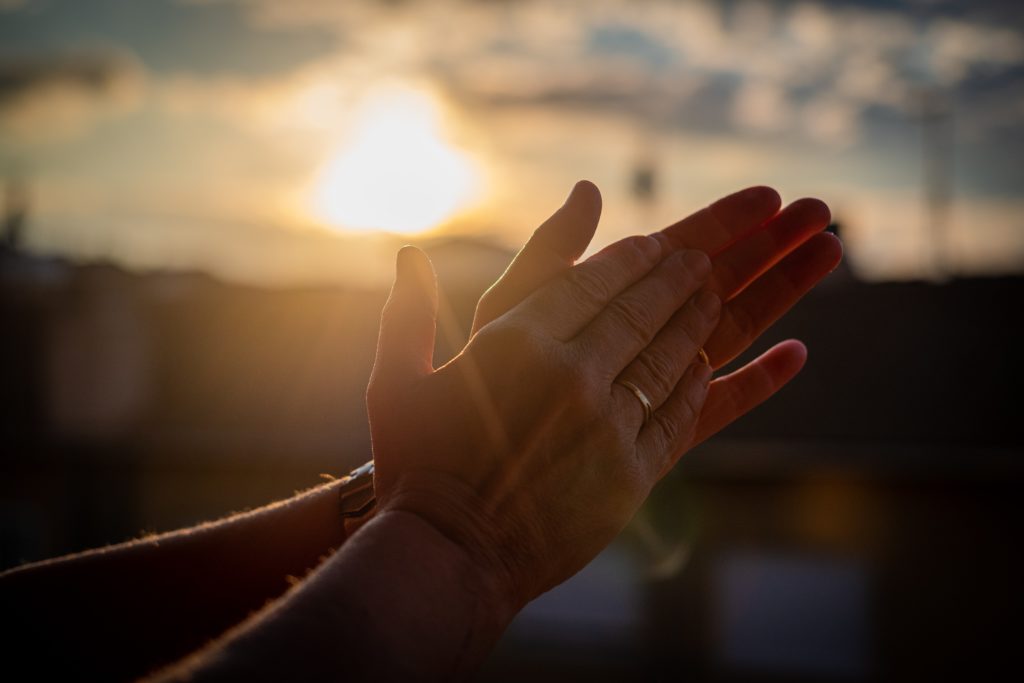
If you see something that gives you the ‘chills’, goosebumps, or just makes you feel respect for something or someone (without the exaggeration), then, this is one of the ideal contexts to use 👏. The source of value that fuels this respect could lie anywhere, including places that do not generally inspire – meaning, you don’t have to imitate response with this emoji. It’s okay if you’re the only one 👏 for something.
Even if respect is not on the charts, you can still respond with 👏 while congratulating someone. This emoji can accompany any congratulatory text message like, Well done! Congratulations! You deserve it! etc. With congratulations comes celebrations, and 👏 can be used in such victorious conversations as well, no matter the measure of the achievement.
If you’re wishing someone for their birthday, anniversary, and any other special day that subtly demands a felicitation, then too, you can use 👏. You can bring in the actual vibe of singing happy birthday with this emoji!
You could also resort to the 👏 clapping emoji to show excitement. Tune down the adult ways of being boring even in exciting times and up the child in you! For example, “Yaaaay!!! I can’t wait! 👏👏”. You may also use this emoji while responding to others’ excitement, as a symbol of reciprocation like, “Oh, man. I couldn’t be happier for you!!! 👏👏👏”.
A traditional round of applause awaits every subjectively great performance, and you can apply the same concept even with emoji. A heartfelt or polite reaction towards something you consumed online can be communicated with 👏. Feel free to add as many clapping emojis as you like to effectively show how much something means to you.
What it Means When Someone Sends 👏?
👏 is an immediate sign that the sender is appreciative of something you sent them – a text message, a photo, a video, a link, anything. Apart from appreciating the subject of the context, they’re also acknowledging the same. Depending on the text message that arrives with this emoji, it could mean a lot of things including encouragement.
That being said, it’s also important to keep an eye out for contexts that don’t really work with 👏 on a positive note. It’s vital to not be a dunce when it comes to emojis as well. If the 👏 emoji reaches you with a sarcastic text message, an unfriendly one, or even a reply that’s bothersome, then you know that the person is not meaning the cheerful side of a clap, but rather the insulting side of it. If you’re worried about how you would know this, trust us, you would. Because vibes don’t exist only in the physical world, they’re very much breathing, virtually as well.
The 👏 clapping emoji is an objective emoji at large and it cannot be used with innuendos, unlike many other emojis – unless you’re super creative or super twisted. Nonetheless, the interpretations of 👏 are quite black and white, so it doesn’t matter if the sender is a stranger, an acquaintance, family or friend, the meaning and the reason why they’re sending this emoji in the first place, would remain the same – they’re either appreciative or they’re being polite jerks. There’s not a grey area.
What Does Multiple 👏 Mean?
The 👏 emoji takes two hands to clap, but it’s obviously clapping just once. The emoji cannot be on loop unless you make it to be. So, if you want to convey a series of claps or full-fledged applause, then you might want to consider using multiple 👏. It can work as a genuine or ridiculing reaction to something that blew you away. Nevertheless, 👏 used more than once suggests more emotion – it could be respect, appreciation, admiration, encouragement, motivation, support, acclamation, etc.
Related Emojis
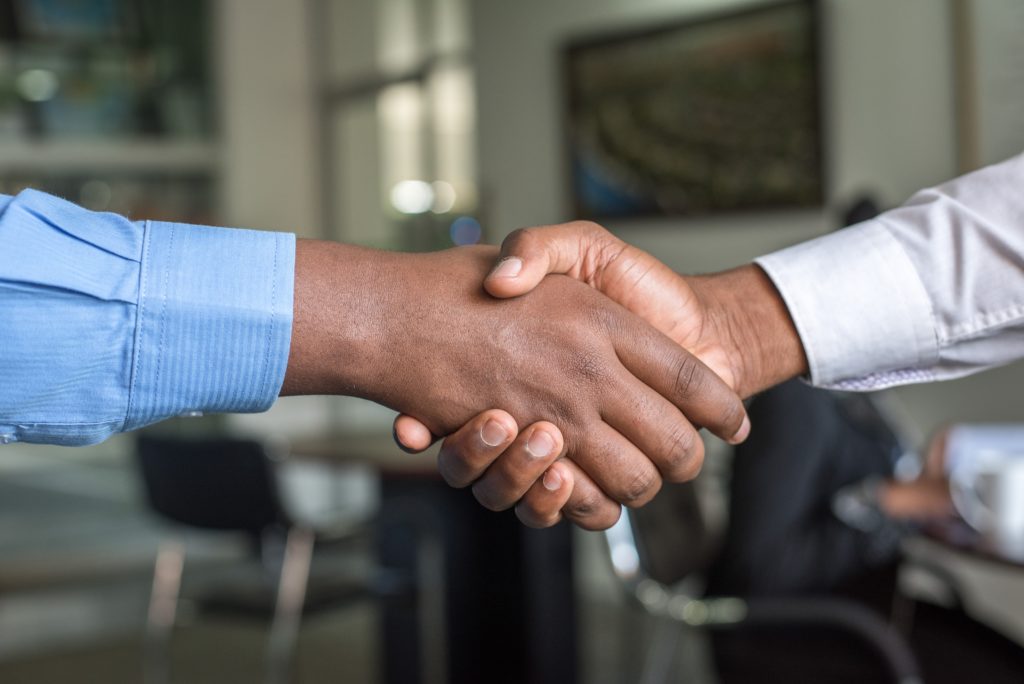
The 👏 clapping hands emoji is a two-handed one. Without one of the hands, this emoji would be an airy self-high-five. The embarrassing ones. Like the cruciality of both hands to make an applauding sound, there are other actions and with that, other emojis too, that equally need both hands for proper execution. Here are five two-handed emojis on the list.
🙌 Raising Hands Emoji
A pair of raised hands could either mean you’re being policed or you’re having a great time. The extremes are always painfully hilarious. Thankfully, this emoji falls into the latter situation, where the person is having a good time – mostly at a concert, a party, or any subjective space of enjoyment. The animated triangular pieces between the two raised hands emphasize a positive activity rather than a negative one.
👐 Open Hands Emoji
This pair of jazz hands are not here to dance to your tunes. They’re dancing to their own! The 👐 emoji signifies just what the name and the pictograph say – openness. It’s the emoji of honesty, straightforwardness, and frankness. There’s frankly nothing to hide except the tanned side. This same pair characterizes another emoji – the 🤗 Hugging Face emoji. Now, we’re not sure if that’s an honest hug or a jazzy one.
🤝 Handshake Emoji
A handshake, much like every other emoji mentioned on this list and the primary focus of this blog post, requires two hands – where both can be yours too. It ain’t a handshake without two hands – it’s an air shake. Though there’s nothing substantial about that, an air shake is still the better ordeal than a wet fish handshake!
🤲 Palms Up Emoji
This emoji seems very similar to the 👐, given the openness of both emojis, but there’s a massive difference between the two. Both the emojis seem to be facing the same direction, but there’s a vital change between them. The open hands emoji faces the receiver, and the 🤲 palms up emoji, the sender. The palms-up emoji is prayerful. It signifies devotion, worship, and reverence. But most of all, 🤲 indicates humility.
🙏 Folded Hands Emoji
Is it a high-five? Is it two hands folding in prayer? Is it a pair of begging hands? Is it a Namaste? The 🙏 emoji is quite versatile. These hands have more interpretations than most of the double-hand emojis and sometimes, even the sum of some of them. 🙏 is also a gesture of gratitude and respect while being a wonderful way of staying socially distant, yet polite and warm.
In Conclusion
The 👏 clapping hands emoji is appreciative, until, it is forcefully made otherwise. This emoji has a genuine essence of cheerfulness, but sometimes, it can be weaponized to share ruthless criticism. Apart from this, 👏 is relatively benign and positive. This double-handed emoji is also a manner of expressing support and approval. It is a virtual non-verbal cue of relatability, acknowledgment, and encouragement as well.